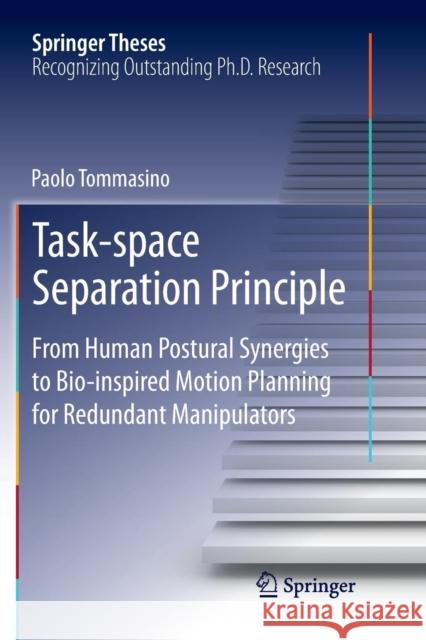Task-Space Separation Principle: From Human Postural Synergies to Bio-Inspired Motion Planning for Redundant Manipulators » książka
topmenu
Task-Space Separation Principle: From Human Postural Synergies to Bio-Inspired Motion Planning for Redundant Manipulators
ISBN-13: 9789811343933 / Angielski / Miękka / 2018 / 105 str.
Task-Space Separation Principle: From Human Postural Synergies to Bio-Inspired Motion Planning for Redundant Manipulators
ISBN-13: 9789811343933 / Angielski / Miękka / 2018 / 105 str.
cena 403,47
(netto: 384,26 VAT: 5%)
Najniższa cena z 30 dni: 385,52
(netto: 384,26 VAT: 5%)
Najniższa cena z 30 dni: 385,52
Termin realizacji zamówienia:
ok. 22 dni roboczych
Dostawa w 2026 r.
ok. 22 dni roboczych
Dostawa w 2026 r.
Darmowa dostawa!
Kategorie:
Kategorie BISAC:
Wydawca:
Springer
Seria wydawnicza:
Język:
Angielski
ISBN-13:
9789811343933
Rok wydania:
2018
Dostępne języki:
Numer serii:
000416125
Ilość stron:
105
Waga:
0.18 kg
Wymiary:
23.39 x 15.6 x 0.66
Oprawa:
Miękka
Dodatkowe informacje:
Wydanie ilustrowane











